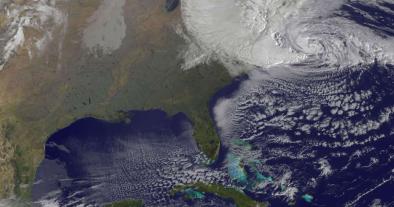Science Source
Changes in extreme high water levels based on a quasi‐global tide‐gauge data set
- Uses a quasi-global sea level data set from tide gauges to investigate extreme sea level events and their spatial and temporal variabilities
- Applies modern methods based on a nonstationary extreme value analysis to the maxima of the total elevations and surges for the period of 1970 and onward
- Uses a subset of the data to study changes over the 20th century
- The analyses demonstrate the magnitude and timing of the seasonal cycle of extreme sea level occurrence, the magnitude of long-term trends in extreme sea levels, the evidence for perigean and nodal astronomical tidal components in the extremes, and the relationship of the interannual variability in high water levels to other ocean and atmosphere variations as represented by climate indices
- Finds that the subtraction from the extreme sea levels of the corresponding annual median sea level results in a reduction in the magnitude of trends at most stations, leading to the conclusion that much of the change in the extremes is due to change in the mean values
Related Content
Headline

Oct 30, 2017 | Mother Jones
Here's what we've learned about hurricanes since Sandy
Science Source
| Lloyds
Catastrophe Modelling and Climate Change
Ralf Toumi and Lauren Restell
Headline

Aug 30, 2017 | NY Daily News
NYCHA paints over Brooklyn housing project's toxic mold issue
Headline

Jun 27, 2017 | US News & World Report via Associated Press
NYC Subway Station Reopens After Superstorm Sandy Flooding


